Choosing a flooring for any kitchen is always a complicated task, as you need to take into consideration style, comfort, durability and the ability for the flooring to stand up to spills of all sorts. When you are choosing a flooring for a commercial kitchen, the needs for all of the above are even greater and the choice for the best can become more complicated.
In this post, we will break down some of the different options for restaurant kitchen flooring, compare the pros and cons of each, all in hopes that having this information in front of you makes it a little easier on you to make a decision for your restaurant kitchen floor that you will be happy with for many years to come!
What To Look For In A Commercial Kitchen Flooring
Primarily, a restaurant kitchen floor needs to comply with health codes. Before making any permanent decisions, confirm that you will be meeting all health and building codes for your area. It’s always better to do your homework up front, rather than trying to backtrack after you’ve already started the process.
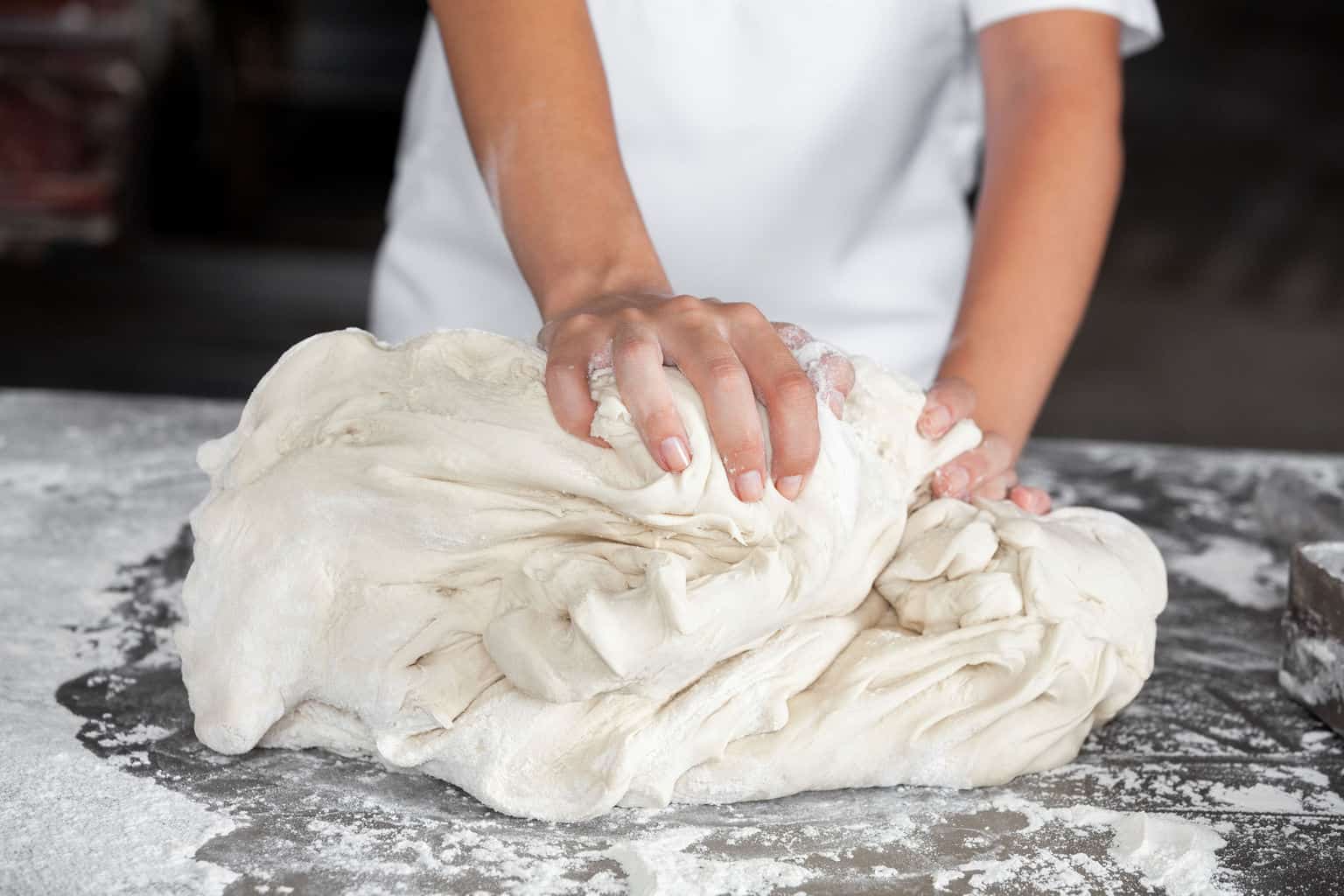
After complying with codes, you need to choose a kitchen flooring that is durable, easy to clean, and safe. On top of all of that, the flooring for a restaurant kitchen should also look good. Working in a clean, pleasant, aesthetically appealing environment will make everyone happier and really has a positive effect on the atmosphere.
Commercial kitchen flooring should be more durable than home kitchen flooring. Rubber kitchen flooring mats for restaurants can be laid over restaurant kitchen flooring to create a safer and more comfortable work space. Commercial kitchen floors, or restaurant kitchen floors, take a lot of abuse, so choose well and have a resilient floor that will last for years.
Choosing flooring for a restaurant kitchen is a very important decision. Commercial kitchen flooring needs to be very durable, easy to clean, and not too hard to stand on for cooks that stand all day preparing food. There are several different options to choose from when considering restaurant kitchen flooring.
So, the basics you must meet when choosing your commercial kitchen floors:
- Durable
- Waterproof
- Easy to Clean

The additional things to look for that may make you exceptionally happy with your restaurant kitchen floors include:
- Slip Resistant
- Comfortable Underfoot
- Grease Resistant
- Beautiful
Types Of Restaurant Kitchen Floors: Strengths, Weaknesses, And Choices
Most commercial kitchen flooring options out there are the same as residential flooring, just a higher grade. The higher grade makes these types of floors more durable, but also means they have a slightly higher price tag. There are also restrictions as to the kind of flooring that can be installed into a commercial kitchen, controlled by the health department. Additionally, a few options may be more durable or easier to clean than others are, and you may find one option will fit your needs better than the others. Some of the most common restaurant kitchen flooring choices include ceramic tile, concrete, laminate and rubber flooring. From this point, we will break down some of the things that make each of these viable options for commercial kitchens.
One thing that restaurant owners and staff despise is closing the shop down for maintenance work. A faulty restaurant kitchen flooring can cause considerable difficulties to everyone involved. This is why it is important that you get it right the first time. Studying various restaurant kitchen floor ideas available and making an informed decision assumes great importance in such a scenario.

Ceramic Tile Restaurant Kitchen Flooring
Pros:
Ceramic tile flooring is a very popular choice for restaurant kitchen floors. The ability of ceramic tiles to stand up to the heavy use and abuse found in kitchens makes it an ideal choice. The color selection of tiles makes it a beautiful choice as well as a practical one. Mixing the colors to create a checkerboard effect or other design is one common use for tiles. And with some creativity, you can design a custom look with ceramic tiles. Tile is environmentally friendly because it doesn’t use petroleum products in its manufacture. As long as you get the grout sealed on tile flooring, you have a durable and readily cleanable flooring surface. That’s ideal for restaurant kitchens.
And the best things about these are they are highly durable and easy to clean.
Cons:
Along with being durable, ceramic tiles are incredibly hard. You must have rubber mats on your ceramic tile floors in your restaurant kitchen to save the staff from joint and back pain from standing on the ceramic all day. Additionally, ceramic tiles are fairly difficult to install, so if you intend to install the flooring yourself, this could be a deal breaker. Perhaps the biggest deal breaker for a restaurant kitchen floor for ceramic or porcelain tile floors is that the porous nature of ceramic and porcelain leaves them susceptible to kitchen stains, both in the tile itself as well as the grout.

Concrete Restaurant Flooring
Pros:
Another option that is inexpensive as well as durable is to install a concrete flooring. You will want to paint or stain your concrete floor to keep it protected, and this also means you can make some really fantastic and unique design choices with concrete. As long as it is sealed well and then regularly resealed, a concrete restaurant kitchen flooring will hold up well to high traffic and other wear and tear. The best thing is that with the range of staining and painting options available, you can be as creative as your imagination allows you to be. With concrete, you can even create a faux stone look or other interesting designs, giving your restaurant kitchen flooring a custom, modern look. Concrete floors throughout a restaurant, not just in the kitchen, are very trendy and give off a charming feel, so you are seeing more and more restaurants installing concrete floors these days.
Cons:
The biggest negative to installing concrete floors in your restaurant are that they must be regularly re-sealed in order to provide lasting protection. Concrete by nature is very porous, so without regular resealing, concrete is prone to cracking and staining.
Also, similarly to porcelain or ceramic tile flooring, concrete is very hard, so you will have to use rubber flooring mats over top of the concrete floors for your staff in the kitchen. Additionally, make sure you are careful to use a sealant for the floors that will not be slick when wet or as a result of grease spills.
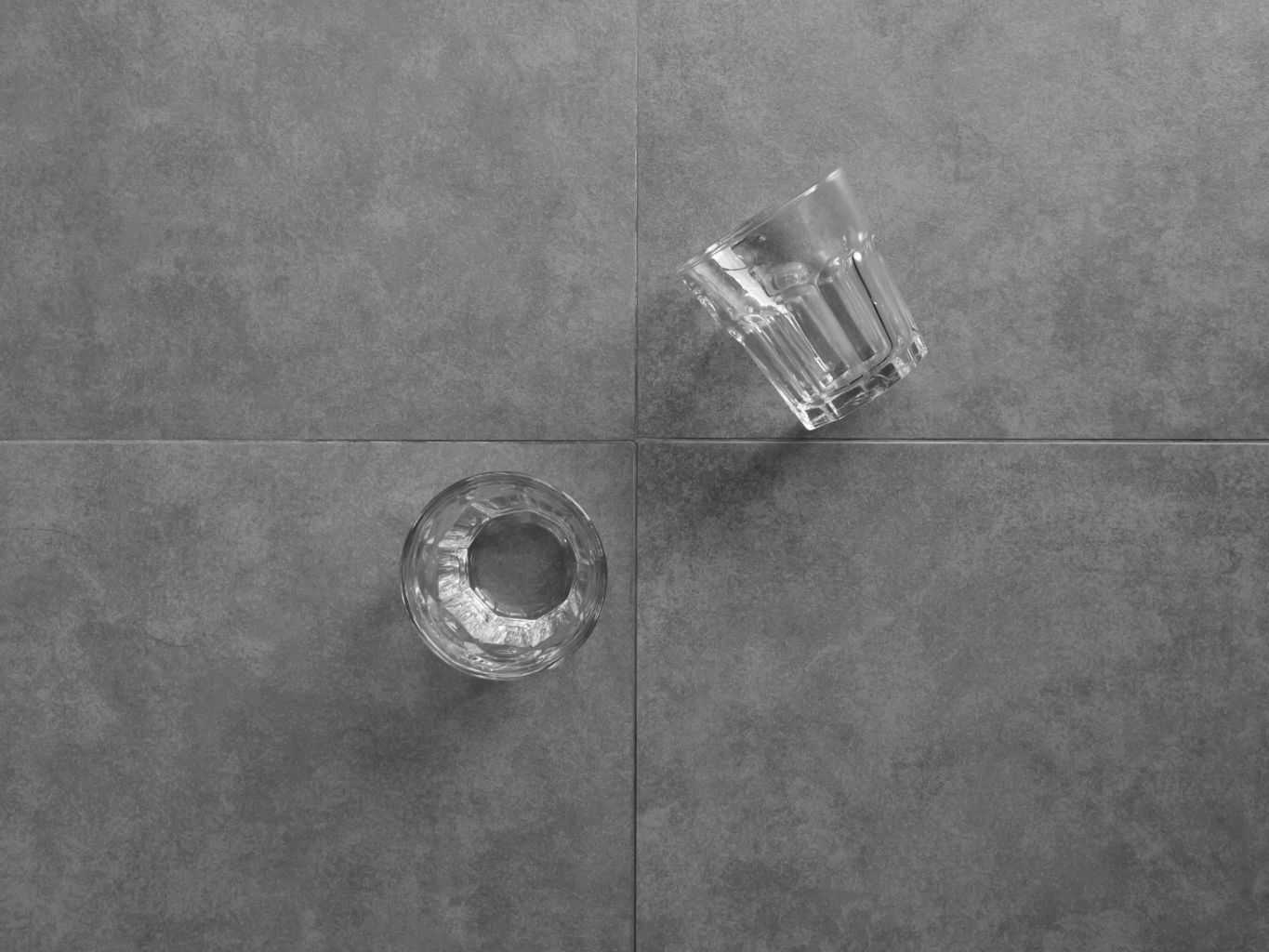
Rubber Restaurant Kitchen Flooring
Pros:
Rubber kitchen flooring for restaurants is also a great idea. Rubber flooring can be laid all over the kitchen floors or you can just put rubber flooring in the areas where people will be standing a great deal. Rubber flooring reduces fatigue in your legs and back that comes from standing a great deal. It also helps reduce slips on wet or greasy floors, is grease resistant, and is easy to clean. Rubber mats are very commonly used in restaurant kitchens, but if you install an entirely rubber kitchen flooring, you eliminate the tripping hazard of having rubber mats laying in areas throughout the kitchen. Kitchen staff especially will appreciate a rubber kitchen flooring in a restaurant, as it relieves back and joint pain common to those who work on their feet.
Additionally, not needing rubber mats makes for significantly easier cleaning, as the rubber mats won’t need to be dragged out of the restaurant every night to mop the kitchen flooring. Rubber flooring is also available in tiles, making it easy to install and to replace any damaged tiles without having to halt the restaurant for an expensive re-install.
Rubber floors are fire resistant, impervious to water damage, and significantly help to reduce sound echoing throughout the restaurant. If the budget allows for it and the overall look of the flooring is not as important as the functionality, I think rubber flooring tiles are the best option for a restaurant kitchen flooring.
Cons:
The biggest negative to installing a rubber flooring in a commercial or restaurant kitchen is that it is one of the most expensive flooring choices. Additionally, grease stains can cause permanent damage to rubber floors.
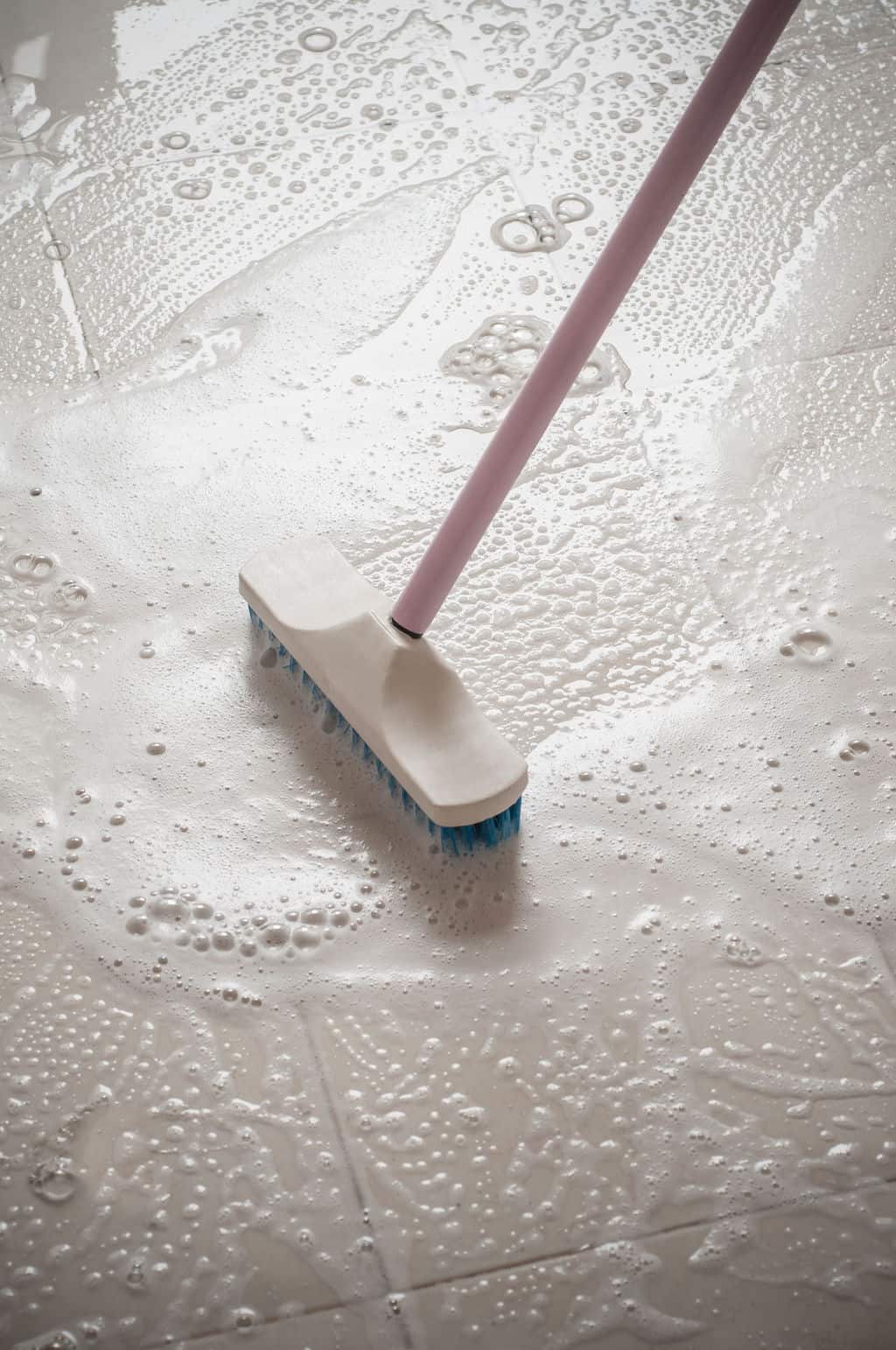
Laminate or Vinyl Restaurant Kitchen Flooring
Pros:
“Laminate” and “vinyl” are terms often used interchangeably, but they actually refer to two different materials. The difference between laminate and vinyl is that they are manufactured types of flooring. These look very nice and can be designed to look like any style you may want in a kitchen flooring, they are inexpensive and more comfortable underfoot than ceramic, stone or concrete. Modern vinyl flooring is also water resistant, anti-microbial, and very durable.
Cons:
While vinyl and laminate are softer underfoot than concrete or ceramic, most people who will be working on their feet as long as restaurant kitchen staff typically work will still need some additional cushioning underfoot, like a rubber mat. However, there are some laminate tiles that come with a rubber matting already applied to the underside for additional comfort. Vinyl and laminate can also be slippery unless specifically made to be slip-resistant. Additionally, vinyl and laminate do not have an MOH (measure of hardness rating) as high as something like concrete or ceramic tile would, but they are fairly flexible so they do tend to stand up to wear well. However, dents, dings, and scratches are common.
Natural Stone Restaurant Kitchen Flooring
Pros:
Natural stone flooring offers a unique look to it and a high end appeal. Stone is a natural flooring choice, offering a lower environmental impact than many other restaurant kitchen flooring options. Stone tiles, typically made of granite or slate, offer a durability comparable to ceramic or concrete.
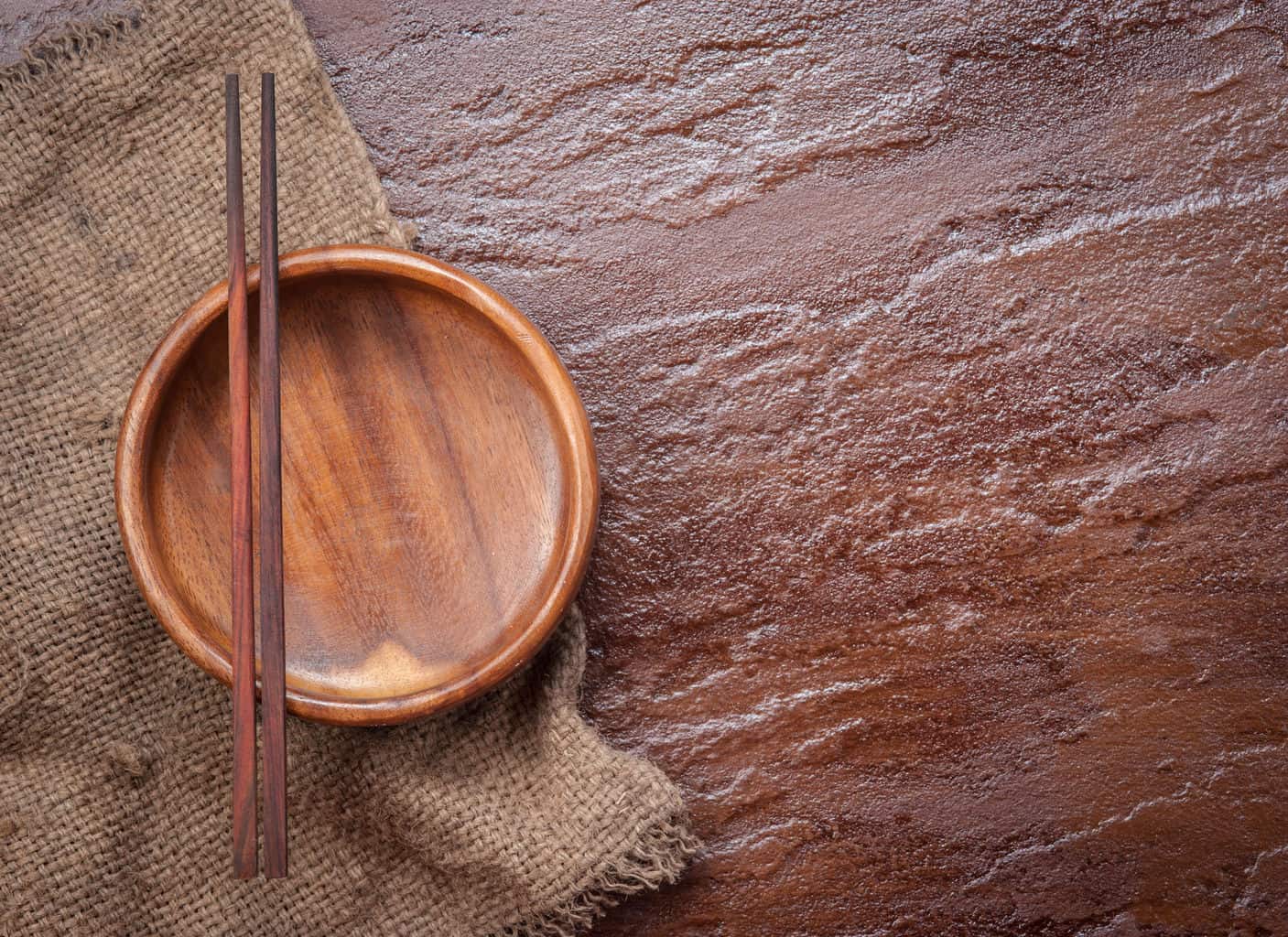
Cons:
In order to prevent slippage, stone restaurant flooring needs to be fairly abrasive. However, this can cause issues with cleanliness and health codes, as crevices and cracks are a breeding ground for bacteria. If the look of natural stone is what you are after, advancements in laminate flooring design can provide the look of natural stone without the cost of actual natural stone.
Also, similarly to porcelain or ceramic tiles, installation is involved and will most likely need to be done by a professional.
Brick Paver Restaurant Kitchen Flooring
Pros:
Brick pavers are quite possibly my favorite flooring option for a restaurant kitchen flooring, especially if the kitchen area is visible to customers. Brick pavers add dimension, color and texture to a flooring, are inexpensive and are durable. Also, as brick floors are fire and heat resistant and supremely durable, they make a great choice for a kitchen flooring.
Cons:
The negatives to using a brick flooring in a restaurant kitchen are the maintenance, the comfort underfoot, and the perviousness. Brick is very susceptible to moisture damage, and must be sealed regularly, similarly to concrete. Also, this means brick pavers can take on stains and discoloration. This additional “character” adds to the appeal of brick for some, but if perfection is the look you are going for, brick pavers are not going to be the right flooring solution in your restaurant kitchen. They do not provide the comfort underfoot that rubber mats or even laminate can offer. A brick paver restaurant kitchen is probably better reserved for a smaller restaurant kitchen, like a bakery or smaller café, rather than in a larger commercial setting.
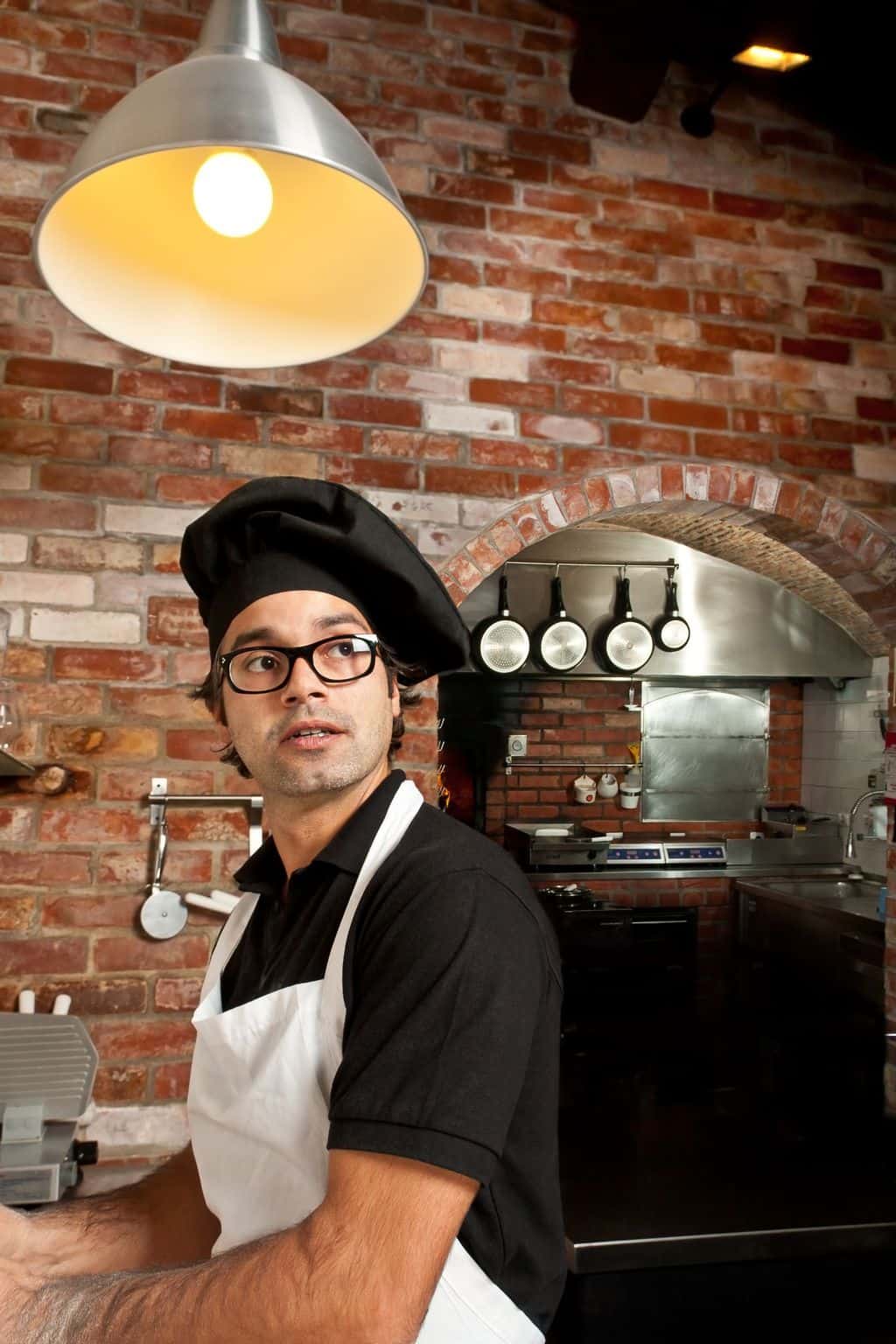
Making The Choice For Restaurant Kitchen Flooring
Commercial kitchen floors do not have to be boring. Whether you choose ceramic tile, rubber flooring, or to paint a concrete slab, create an area that inspires everyone involved with the restaurant to be creative. If you need help making your choice, you can always consult with a professional designer who can advise you on how to transform your restaurant into a scintillating masterpiece. Choose a commercial kitchen flooring that satisfies health department codes, provides a functional, durable work space, and fits aesthetically with the design of the restaurant, so your restaurant kitchen is a place for all involved to be proud of.

Would you recommend a PU floor for a kitchen?
Hi Jim, Applied to floors in food areas is one use of the product. My recommendation would be based on how much VOC is emitted. I personally
prefer to use floorings that have low- to no-VOC emissions, for the food and the people in the space. Do your homework to find out about that and
make your decision accordingly.
I have a barbecue restaurant with concrete flooring in the front area where the customers walk in the front doors. It was sealed 17 years ago when we first opened but has since lost most of its luster. Well, I decided to seal it the other day and put down 2 coats of Quikrete’s “Natural Look Waterproofer” – It was all I could find on a Sunday. After the two coats the floor still feels fairly porous. Basically, what I’m looking for is a good sealant or stain that is non-slippery, resistant to bleach/degreasers, easy to clean, and has a fairly fast drying time. Also, could I apply this product over the waterproofer I used or does it need to come up? Thanks
Hi Stewart, Yes, you may apply sealant over waterproofer and I would check out the Aqua Mix product line to find a high quality sealant.
I am remodeling a commercial kitchen (about 50 years old)and the floor is concrete, but has bad spots, where it has been patched in a few areas.
I know I can knock down the high spots to a little below smooth, but some are as deep as 1/2 inch below grade.
what can I use to fill these to smooth, before painting and sealing the floor, that won’t come out? Would you use an epoxy or something?
what would you recommend for the paint and sealer?
thanks
Rob,
There is another article that should help answer your questions about Repairing Cracks in Concrete Floors.
Do you know which is cheaper to install in a commercial kitchen? Tile or Seamless Vinyl
Hi I just installed higher end vinyl flooring. I have a Chinese student that loves to cook and loves to use oil. Will the smoke from the grease eventually ruin the vinyl flooring? I don’t want my entire house to eventually become sticky. How will the floor hold up?
I need a kitchen floor installed in my restaurant in Chicago at Elston an Foster